15 Animal Worship Rituals from Different Cultures
The popular and culturally significant ritual of animal worship or zoolatry regards some animals as sacred and as venerable deities with divine characteristics.
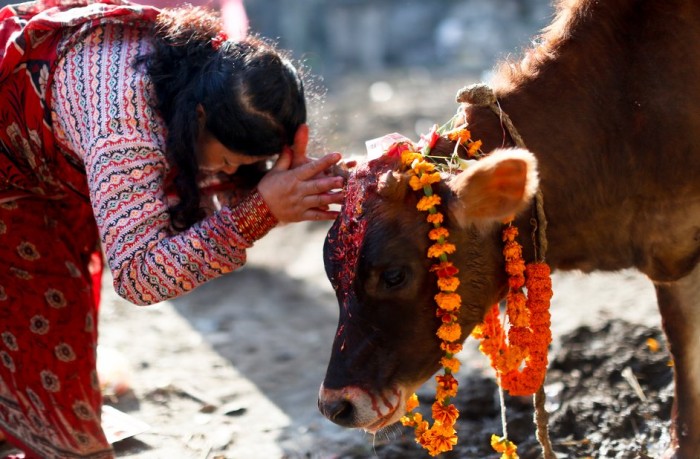
In a widely popular and significant religious ritual of animal worship, also called zoolatry, certain animals are considered deities. They depict an important aspect of humanity and our association with our planet. Since ancient times, these sacred animals have been worshipped in different cultures and traditions because of their divine characteristics and mythological reasons.
Here are some animals that are worshipped in different cultures.
1. Cow
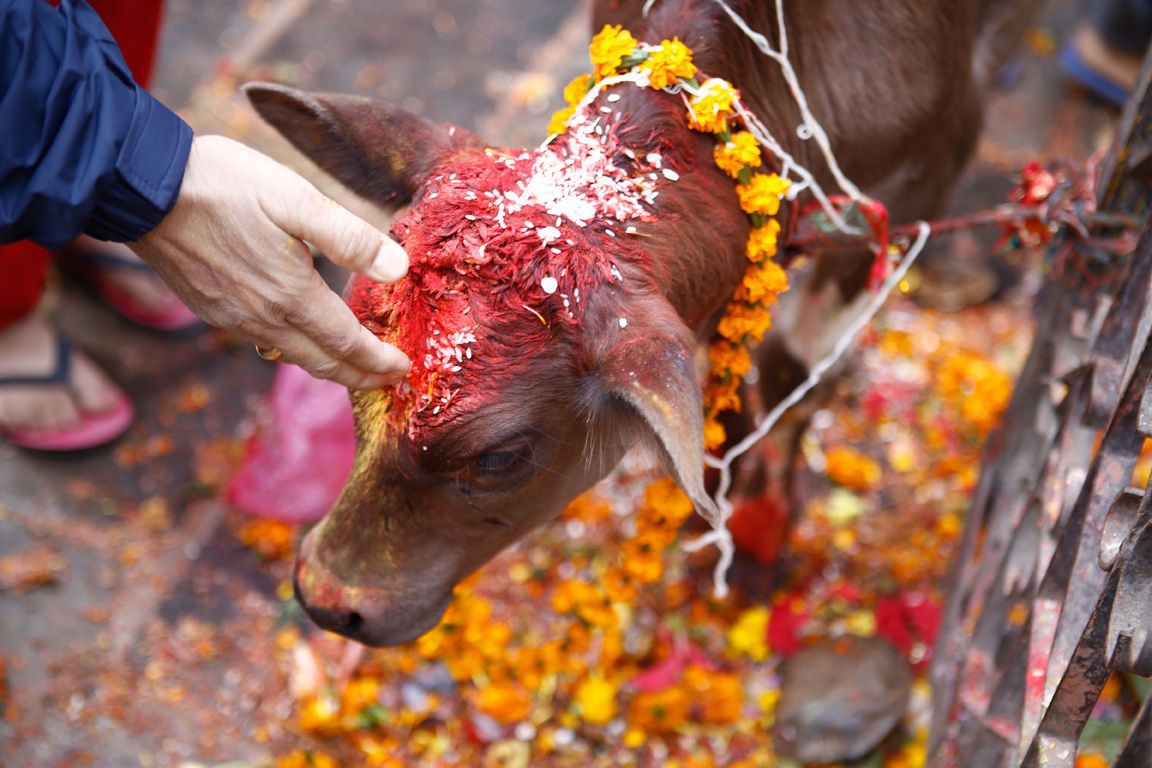
The cow is regarded as a holy animal in religions like Hinduism, Jainism, and Zoroastrianism. The ancient Egyptians, Romans, Greeks, and Israelites also revered these sacred mammals. For the most part, the cow’s holiness is due to its usefulness as a species. Its nutrient-rich milk is used for dairy purposes and its dung is used as fertilizer.
Historically, they have been used for tilling the fields. Also, it is said that drinking cow urine bestows one with good health, fortune, and prosperity.
2. Tiger
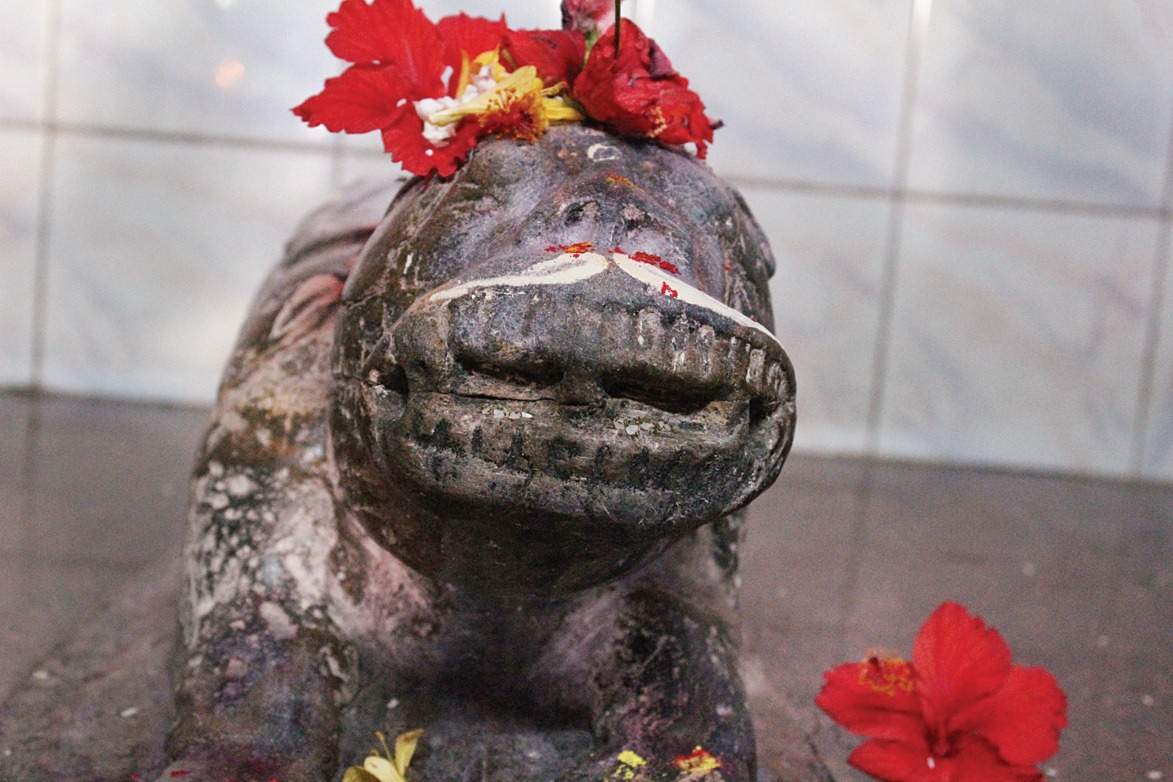
According to Korean folklore, the tiger is regarded as the guardian of the west and a divine spirit. They symbolize power and courage and are believed to ward off evil and bring about good luck. The white tigers are especially regarded as sacred creatures as they have apparently overcome the ordeals and attained a state of higher understanding of the world. Also, their white fur is the symbol of their wisdom.
The other cultures also regard tigers in high esteem. A tiger festival called Bagh Jatra is held all across Nepal. And, the villages in Vietnam have temples dedicated to this mighty and divine creature.
3. Elephant
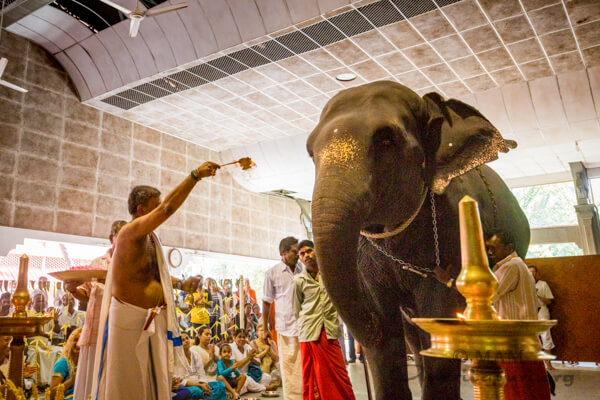
Elephants, the largest terrestrial animals on our planet, are especially celebrated as the highest-ranked animals among Hinduism by the concept of reincarnation. That’s because they have many positive traits such as serenity, strength, wisdom, and royalty. All over southern India, the majestic elephants are worshipped in the temples.
Hindu mythology even has a deity called Ganesha- the Elephant God.
4. Pig
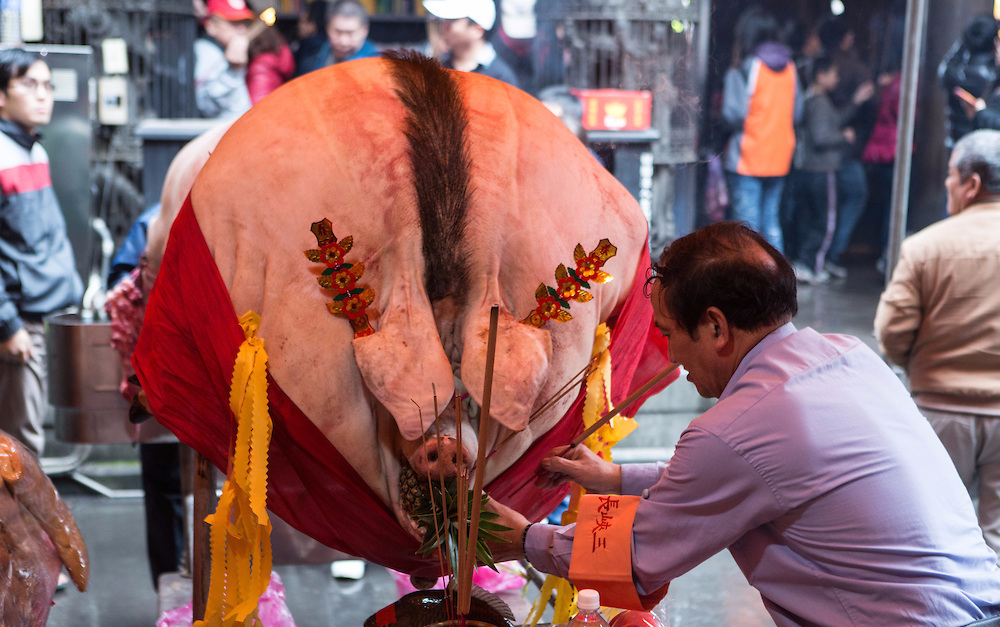
The people of ancient Egypt regarded pigs as sacred and as an important deity. Their deity appeared as a pig with erect bristles who kept an eye on storms, chaos, deserts, and darkness. Also, it is known that the pigs were sacrificed in the name of God.
The Greeks are also known to perform the ritual of sacrificing pigs to their goddess Demeter. Demeter is the goddess of grain, fertility, purity. According to the Chinese zodiac, pigs are among the twelve auspicious animals. The Celts also worshiped a ‘god of swine’ named Moccus. And after the prayer ceremony, serving cooking pork was one of the rituals.
5. Goat
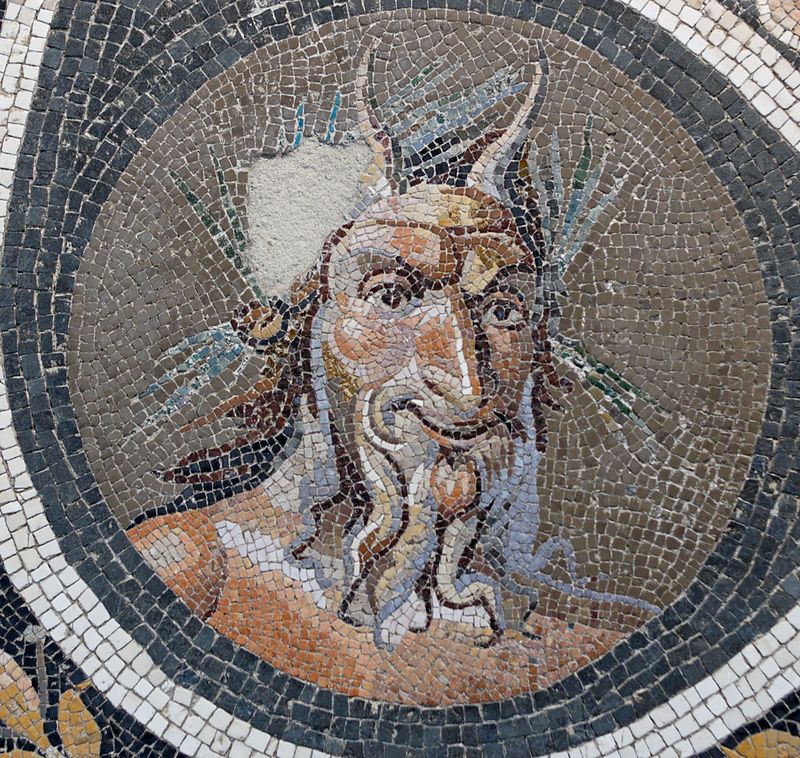
In ancient times in Syria, the goats were covered with silver necklaces and were left open in the city on the wedding of the king. According to a belief, they carried evils with them. Silenus, Satyrs, and Fauns had some of their body parts in the shape of a goat.
A northern European community called Leszi has goat horns, ears, and legs. In Africa, the people regard the goat as their primary deity. The Greek god ‘Pan’ is portrayed with goat features such as hooves, horns, and a beard. Besides Pan, the goat was closely associated with Dionysus in the Roman era, and to venerate him, the Romans would slash a goat and eat it alive.
6. Dog
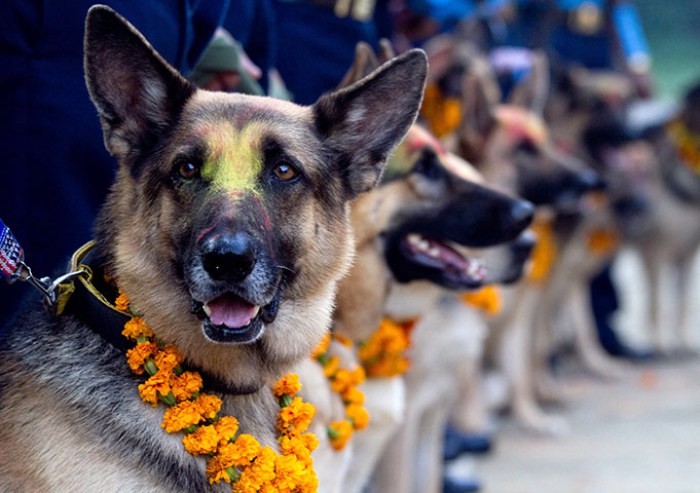
Dogs are highly venerated and worshipped in parts of India and Nepal. In a 5-day festival in Tihar, the dog is worshipped. In Hinduism, the dog is believed to be a messenger to the god of demise and guard to heaven’s doors. On 14 November every year, Nepal celebrates Kukur Tyohar (dog’s day). On this day, the dogs are revered with incense sticks, holy dot, and garland.
7. Horse
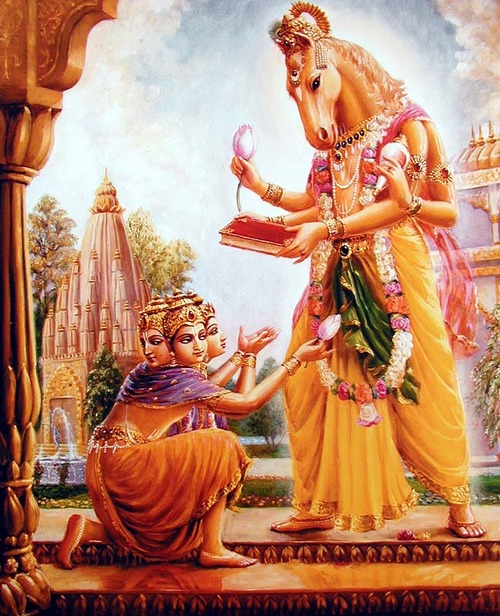
Horse worship is mostly performed by people of Indo-European and Turkish origin. Also, the water deity Poseidon was formerly visualized in the horse’s appearance. The horse and mule are holy to the Roman god. In Hinduism and Buddhism, a horse-headed god named Hayagriva is venerated. The Gonds tribe in India worships a stone-shaped horse.
8. Cat
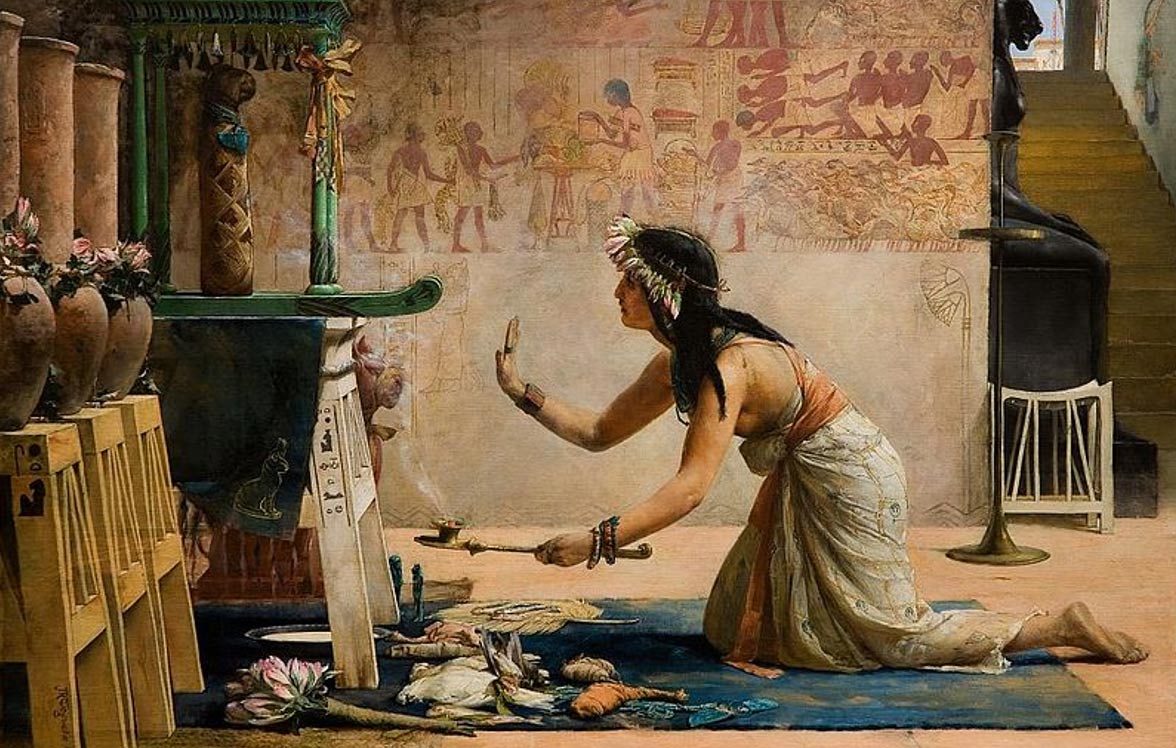
The people of Ancient Egypt were especially known for cat worshipping. The cat’s ability to control snakes and vermin made them a symbol of poise and grace. And, killing a cat was a punishable offense among Egyptians and some deceased cats were mummified like humans so as to preserve their bodies.
9. Monkey
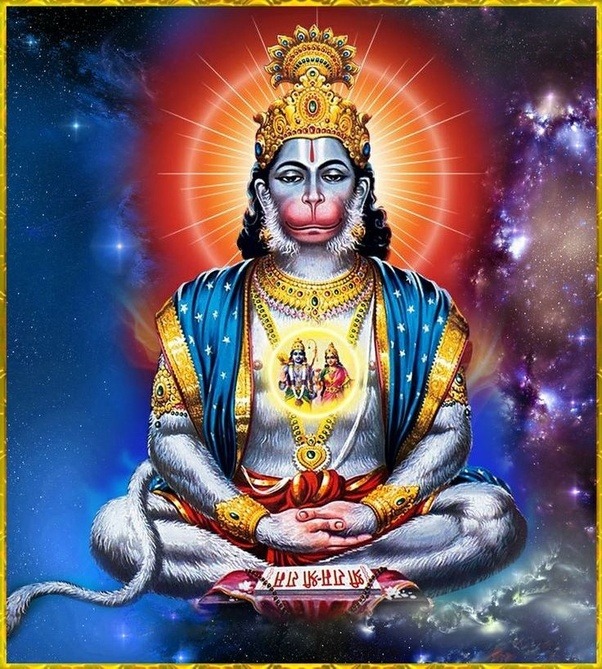
In Hinduism, monkeys are regarded as culturally significant. The highly revered monkey god Hanuman is widely worshipped throughout India. The Sacred Monkey Forest in Bali comprises several crab-eating macaques, which reside in temples that honor ‘Tri Hata Karan’, the Hindu principle that encourages people to live harmoniously together.
10. Snake
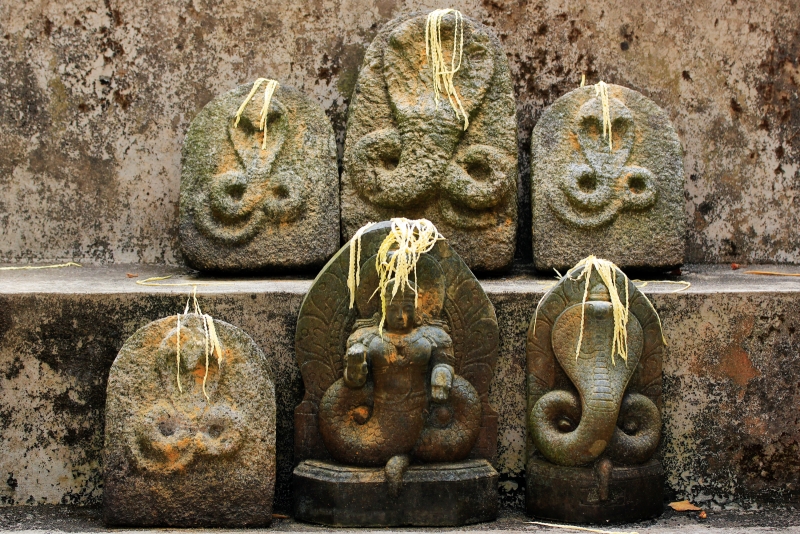
Snakes are believed to be entities of strength and renewal in ancient cultures. In North America, the Hopi people perform snake dances every year so as to unite a pair of serpentine spirits and to rejuvenate nature’s fertility.
Also, at a snake festival called ‘Nag Panchami’ in India, the people worship snakes and other Hindu deities associated with them, including Lord Shiva who wears a cobra around his neck. Serpent deities are also popular in cultures of Cambodia, China, Australia, ancient Mesopotamia, and other parts of the world.
11. Sacred Bull
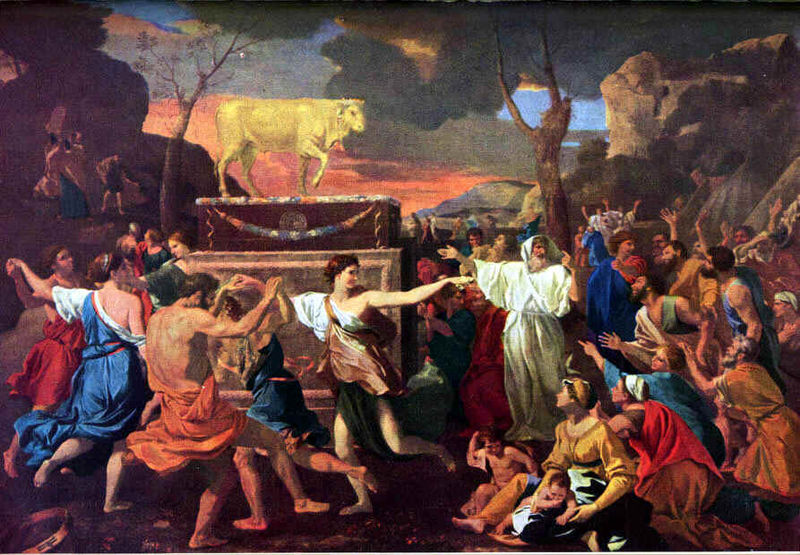
Sacred Bull was worshipped all over the ancient world. The biblical episode of the Golden Calf makes bull worshipping popular in the Western World. After the Hebrew people made the idol of Golden Calf in the wilderness of Sinai, Moses rejected and destroyed it.
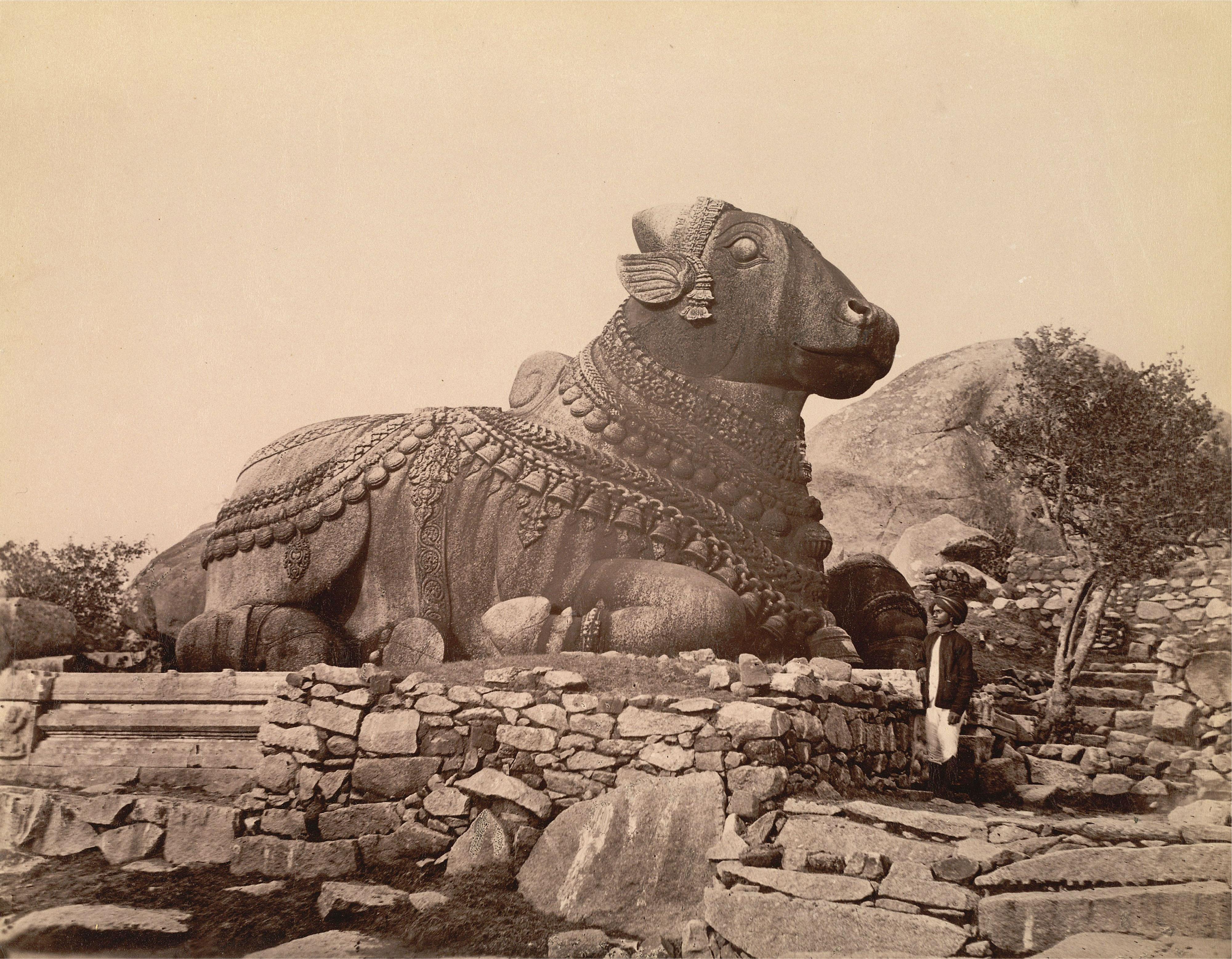
Marduk is the “bull of Utu” in Sumerian mythology. And in Hinduism, Nandi the Bull is the mount of Lord Shiva. Taurus, one of the constellations of zodiacs, has a sacred bull as its symbolism.
12. Wolf
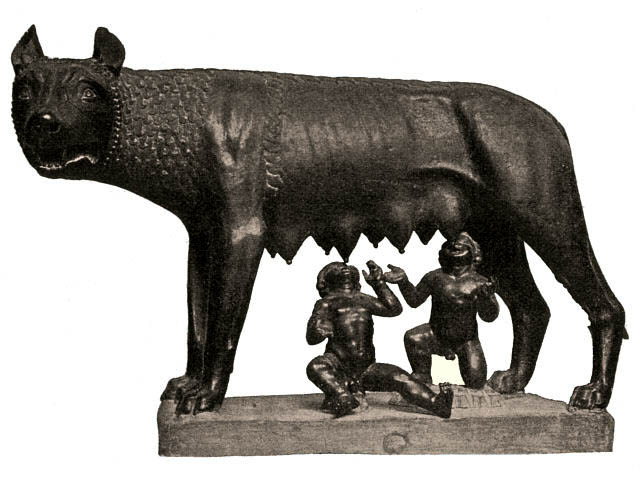
A common figure in the foundational mythologies and cosmologies of people all across Eurasia and North America, the wolf is strongly associated with danger and destruction. The Japanese native Ainu believed that they were born from the union of the wolf-like creature and goddess.
In the Old Testaments Leviticus and Deuteronomy, the Malleus Maleficarum says that wolves are either God’s messenger sent to punish sinners or devil’s messengers sent with God’s blessing for harassing true believers and testing their faith.
Also, Lithuanian goddess Medeina was characterized as a single, reluctant on getting married despite being a beautiful huntress. She was portrayed as a she-wolf with an escort of wolves.
13. Eagle
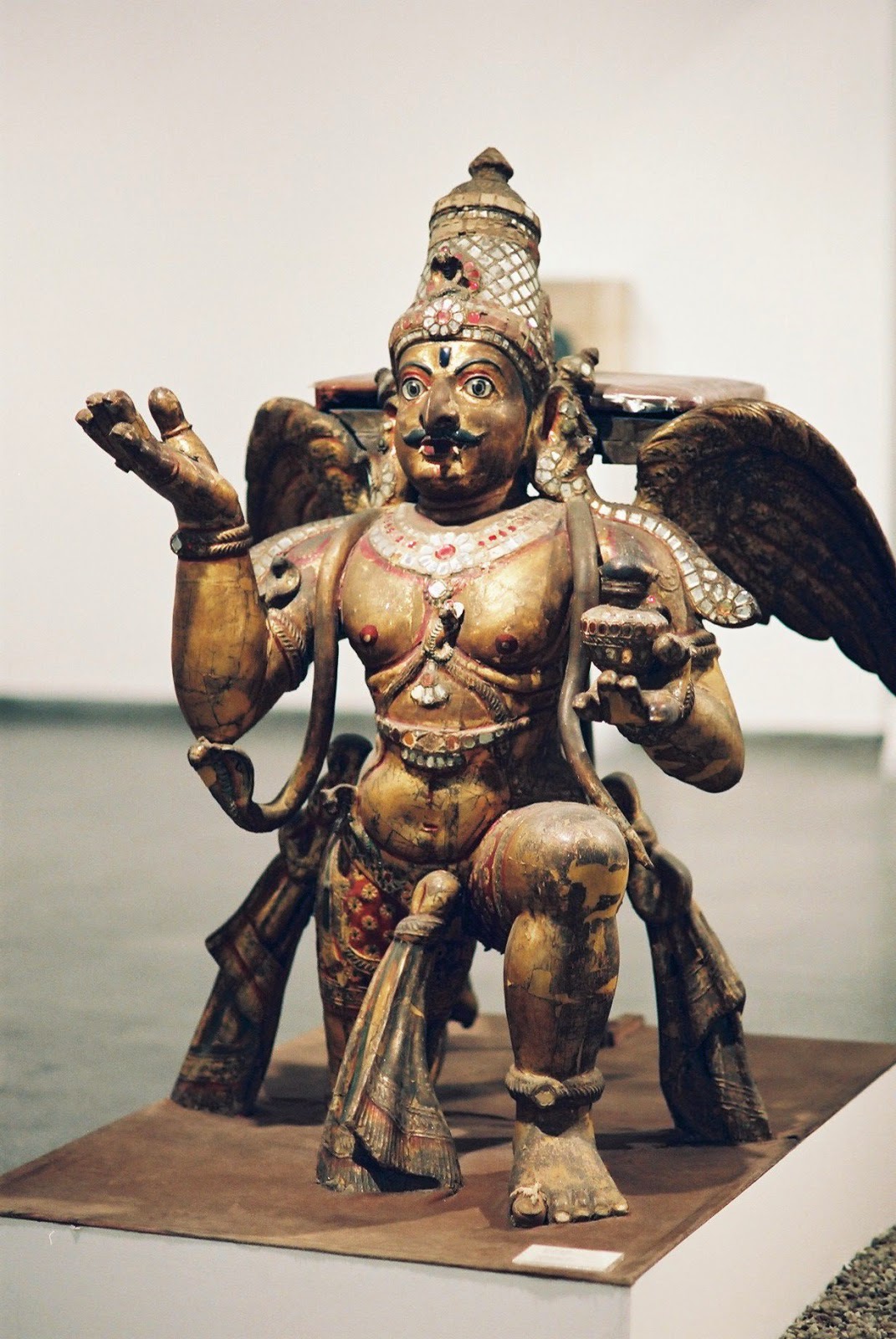
The Inner Eurasians believed that they could achieve their after-life because of an eagle and that heaven could not be attained without an eagle’s help. Moreover, the eagle helped them live in the home of the Supreme God and their ancestors post their departure from the earth.
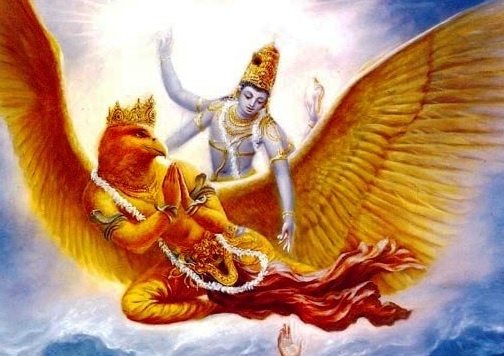
In Hindu mythology, Garuda is the legendary eagle depicted in Hindu and Buddhist mythology. Garuda is also the mount of Lord Vishnu.
14. Lion
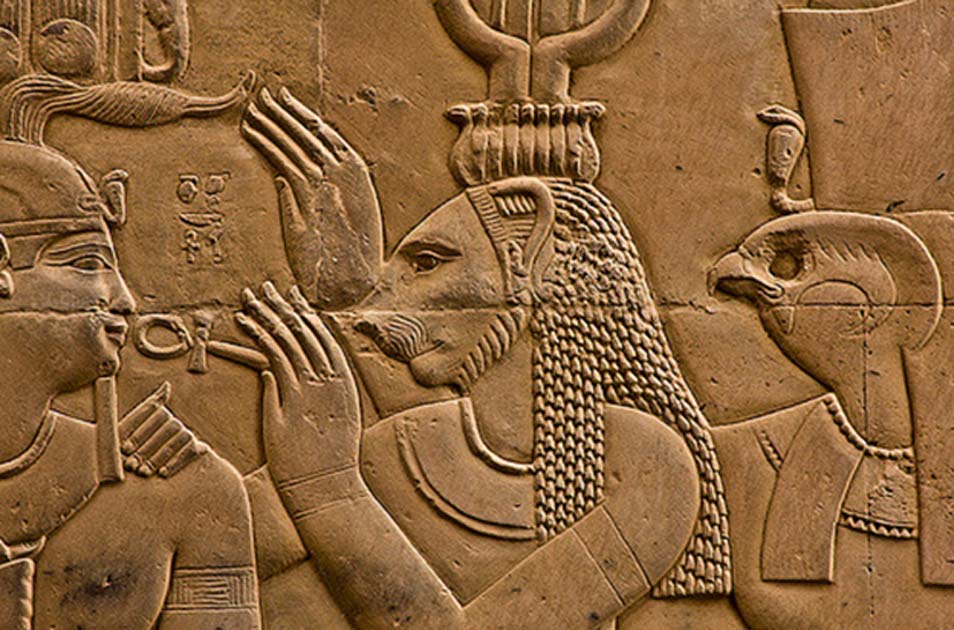
Lion- the fierce animal has been connected with the Egyptian deities such as Ra, Horus, Nefertum, and Sekhmet. Yaghuth was the lion god worshipped by the pre-Islamic Arabs. The lion was also considered sacred to Hurrians’ mother goddess Hebat.
Lion is the mount of the Indian angry goddess Durga. In Judaism, Jacob calls his son Judah a Gur Aryeh- a “Young Lion” while blessing him.
15. Sheep
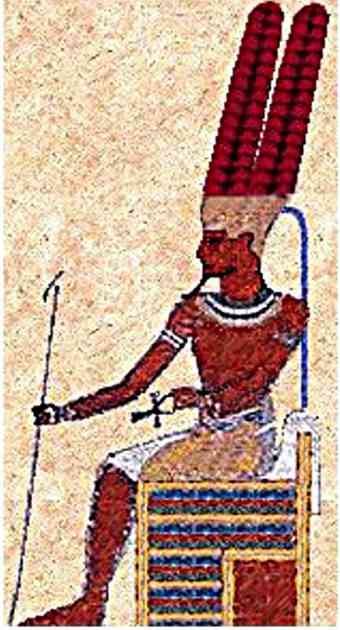
The god of Thebes ‘Amun’ was depicted as ram-headed. The worshippers of Amun considered ram to be sacred and even sacrificed it once a year. The sheep’s fleece serves as the idol’s clothing. Banebdjedet was a form of another Egyptian ram-headed god named Osiris.
Popular Posts
10 Worst Modern Arts Ever That Sold For Millions
Modern art is known for having many hidden masks inside it which is hard to reveal but has a great significant meaning to understand. These artifacts enhance the beauty of the place many folds.
Kimberly Campbell
10 Facts About Angry Indian Goddess Maa Kali
Kali death mother is known for her victory over darkness according to Hindu mythology. She is ferocious and most powerful deity known for her violence and aggression which she utilizes against evil forces to bring peace back to earth.
Ethan Stephans
7 Scientific Facts About Lord Shiva - The Destroyer Of The World
When it comes to religion and god, people often mistake the whole arrangement as some magical experience, but in reality symboli...
Aaditya M








